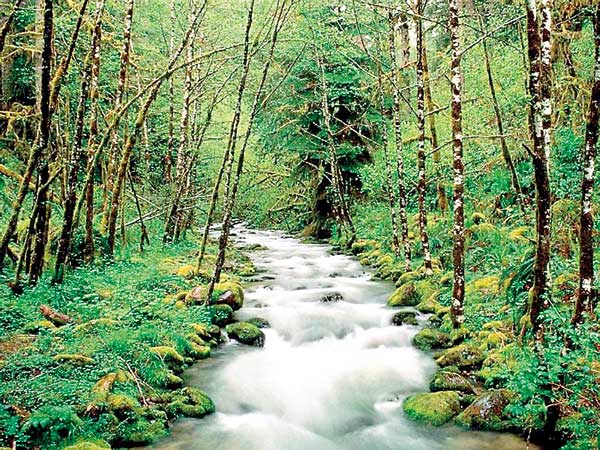11 Jun 2015 - {{hitsCtrl.values.hits}}
.jpg) World Environment Day 2015 was marked on June 5th, under the theme “Seven Billion Dreams. One Planet, Consume with Care.” In this article to mark the day Chatura Rodrigo highlights the importance of governing forest resources in a sustainable manner by restructuring the property rights systems.
World Environment Day 2015 was marked on June 5th, under the theme “Seven Billion Dreams. One Planet, Consume with Care.” In this article to mark the day Chatura Rodrigo highlights the importance of governing forest resources in a sustainable manner by restructuring the property rights systems. 
26 Nov 2024 26 Nov 2024
26 Nov 2024 26 Nov 2024
26 Nov 2024 26 Nov 2024
26 Nov 2024 26 Nov 2024
26 Nov 2024 26 Nov 2024